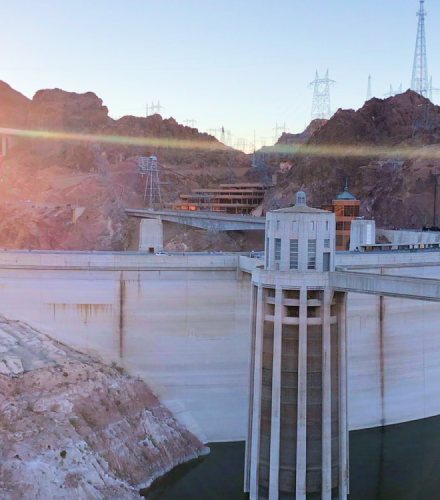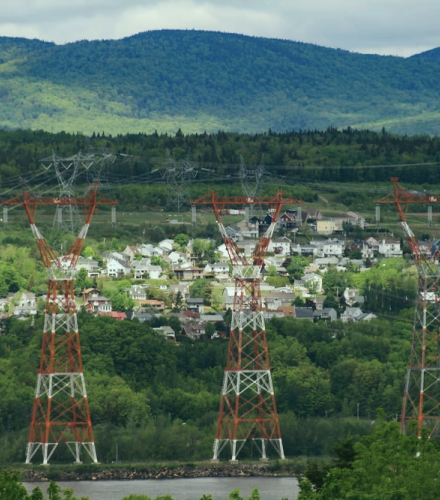
Types of energy management
In this article we will look deep into the types of energy management. The following four categories fall into the types of energy management.
- ENERGY MANAGEMENT IN AGRICULTURE
New technologies and practices for on-farm energy management is improving the producers economic and enable environmental sustainability in agriculture. When seeing energy use, you ought to add energy bills, submeters, and assessments.
- SUBMETER
A submeter is an electricity or we can say a gas meter that is completely installed downstream of the main utility meter. They can be utilized to distinguish the energy use of a particular region. Submeters are valuable for gathering energy use design data.They can be utilized to follow utilization as detailed as a load-by-load basis. Submeters are accessible for power, petroleum gas, water, and fuel.
- ENERGY BILLS
Monitoring your month -to- month energy utilization expenses can give a gauge of the expense of production and identify trends or problems.
- ENERGY EFFICIENCY
Energy productivity is accomplishing a similar work with less energy. An obvious way to improve efficiency is to replace older powered equipment with higher efficiency equipment at the end of its service life. Occasionally it makes economic sense to replace equipment sooner depending on the sort of hardware, cost of fuel, day by day and yearly run-times, and the degree of efficiency.
Important areas for energy efficiency include:
- lighting
- heating
- refrigeration
- waterers
- variable frequency drives (especially for irrigation)
- controllers
- grain dryers
- combined heat and power
- RENEWABLE ENERGY
Renewable energy technologies convert renewable resources, which can be fill up indefinitely, into electric or heat energy with diminished carbon emissions contrasted with traditional energy (conventional energy) sources
Wind power, sunlight based photovoltaics, and limited scope hydroelectric generation have zero greenhouse gas emissions from generation. Solar photovoltaics is generally accessible and available at residential and farm scales Costs have dropped for even limited scope renewable energy and can give a good Levelized cost of energy when contrasted with grid-purchased electricity and help with reliability issues.
2. Energy management in smart Factory
- Water reuse
Reusing water in the industry has the potential to reduce the costs of water supply and wastewater treatment by industries and reduce pressure on water resources. wastewater can be reused inside a business itself, or between a few organizations through modern advantageous interaction. Contingent upon the kind and nature of the wastewater, it might either be reused directly or treated before reuse or before it is recycled.
Instances of direct reuse of wastewater in modern beneficial interaction include
Reuse of organic waste or wastewater for large scale biogas production through anaerobic digestion which can then be utilized to create electricity.
- Wind trees
Seems much interesting, the urban ‘wind trees’ generate electricity from breezes. the wind tree uses tiny blades into the aero leaves to generate power from the wind energy. Simply, at the point when the breeze blows the leaf turbines rotate and produce the energy.
3. ENERGY MANAGEMENT IN BUILDINGS
Energy management in the building is a computer-based system that monitors and controls building's electrical and mechanical equipment like lighting, power systems, heating, and ventilation. Links interface different series of hubs around the structure to a central administrative. computer where building administrators can handle the structure. The building energy management gives control capacities, observing, and cautions, and permits the administrators to upgrade building performance.
Development in innovative headway has made building energy management the executives frameworks a fundamental part for overseeing energy interest, particularly in huge building locales. They can proficiently control 84% of your structure energy utilization
4. ENERGY MANAGEMENT IN HOMES
- Electricity
The functionality of energy management in homes involves the use of electricity within the home. The key consideration n electricity use management will include grid electricity rates. regardless of whether the client is on schedule of utilization charging, and whether there is solar power or batteries accessible on location.
- Solar PV
A solar photovoltaic (PV) power – in the form of solar panels has become commonplace in many countries, allowing homes to generate a portion of their electricity on-site. a solar system owner might focus on it to 'self-consume' their solar energy directly or to export it to the grid as much as reasonably be expected.
- Battery storage
To lower the electricity bills and to greater, home energy self-sufficiency battery storage has become the next frontier in home energy management. It is an intelligent energy management system whether you're on a time of use of flat-rate tariffs and whether you have any incentive to sell stored energy into the grid.
- Solar thermal
Solar thermal or we can say solar hot water is the most popular technology that uses the sun's power to heat water within a home. Solar hot water systems often operate mostly independently of the rest of a home's electrical devices.
So now, we hope that the whole concept of the types of the energy management system is clear to you with deep knowledge. for all the more such informative blogs stay tuned.
Related posts

Water Energy January 22, 2021
A vehicula sit tortor scelerisque sed tellus arcu tellus.

Electricity January 19, 2021
Nunc ultricies massa a, faucibus auctor libero mauris leo.

Fossil Fuels January 18, 2021